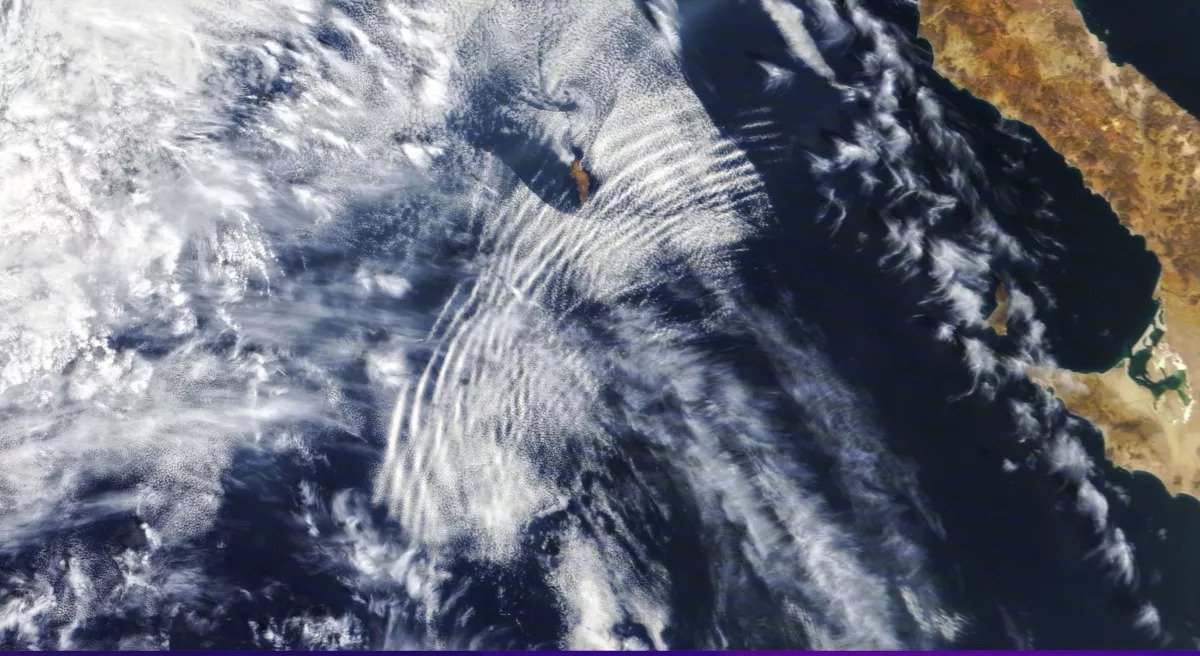The NASA VortEx mission is designed to explore the outer layers of the earth’s atmosphere, where the air is highly liquefied. They hope to investigate the “hurricane-like” buoyancy waves” that arise there.

“Buoyancy waves” in the upper atmosphere
NASA has launched the VortEx project, designed to explore the upper layers of the Earth’s atmosphere. It provides for the launch of four probe rockets, which will be launched in pairs in order to understand what processes are taking place in the mesosphere and thermosphere. The first pair of rockets has already taken off recently from the territory of Norway.
These two layers of the earth ‘s atmosphere extend at altitudes from 90 to 120 km. Scientists are interested in the dynamics of air masses in it, in other words, how and where the winds blow from them. There are interesting phenomena that resemble high-altitude hurricanes and they are called “buoyancy waves”.
“Buoyancy waves” occur when strong winds collide with high mountains or buildings in the lower layers of the atmosphere. In this case, updrafts arise, reaching the mesosphere and thermosphere. They have a much higher density than the air around them. Theoretically, they contribute to the ability of high-altitude balloons to stay at such a height, for which they get their name.
VortEx program
In practice, no one knows how these streams behave at high altitude. Scientists suspect that they are spreading in all directions, and atmospheric pressure creates much larger fluctuations. In order to deal with all this, the VortEx program began.
Each pair of research vehicles will consist of a high-altitude rocket Black Brant 9, which can reach an altitude of about 600 km and a much smaller Terrier-Improved Orion, capable of climbing 350 km. Both rockets end their flight by falling into the Norwegian Sea.
Black Brant 9 will measure winds at an altitude of 360 km, and Terrier-Improved Orion – at an altitude of 87 km. Both rockets will release luminescent clouds into the atmosphere for this purpose. It is expected that each of them will extend over a distance of at least 25 km.
In total, it is planned to release 16 similar clouds at different heights. Scientists plan to see how the “buoyancy waves” spread and how they are affected by the presence of the Scandinavian mountains, which can direct upward air flows coming from the sea.
According to www.space.com
Follow us on Twitter to get the most interesting space news in time
https://twitter.com/ust_magazine
